Application of the Plantar Pressure Distribution System in Hospitals
In the current era of continuous advancement in medical technology, the plantar pressure distribution system is gradually leading a new revolution in hospital diagnostics.
With its highly precise data collection and analysis capabilities, it provides robust support for clinical decision-making. Here is an in-depth analysis of the specific applications of this system in hospitals and its revolutionary impact.
Basic Principles and Technological Innovations
The core of the plantar pressure distribution system lies in its integrated high-sensitivity sensor matrix. These sensors can capture subtle pressure changes at the points of contact between the patient's foot and the ground when walking or standing. Through complex signal processing technologies and algorithms, the system transforms this data into visualized pressure distribution maps and detailed analysis reports.
This intuitive display allows doctors to easily identify areas of uneven weight distribution on the foot, providing scientific evidence for accurate assessment and diagnosis.
Application Scenarios and Practical Effects
**Precision Guidance in Rehabilitation Medicine**
In rehabilitation therapy, this system provides valuable quantitative data for rehabilitation specialists to assess gait abnormalities and the progress of functional recovery in patients. Through dynamic monitoring, the rehabilitation team can design personalized rehabilitation plans based on each patient's specific needs, effectively accelerating the recovery process and improving the quality of rehabilitation.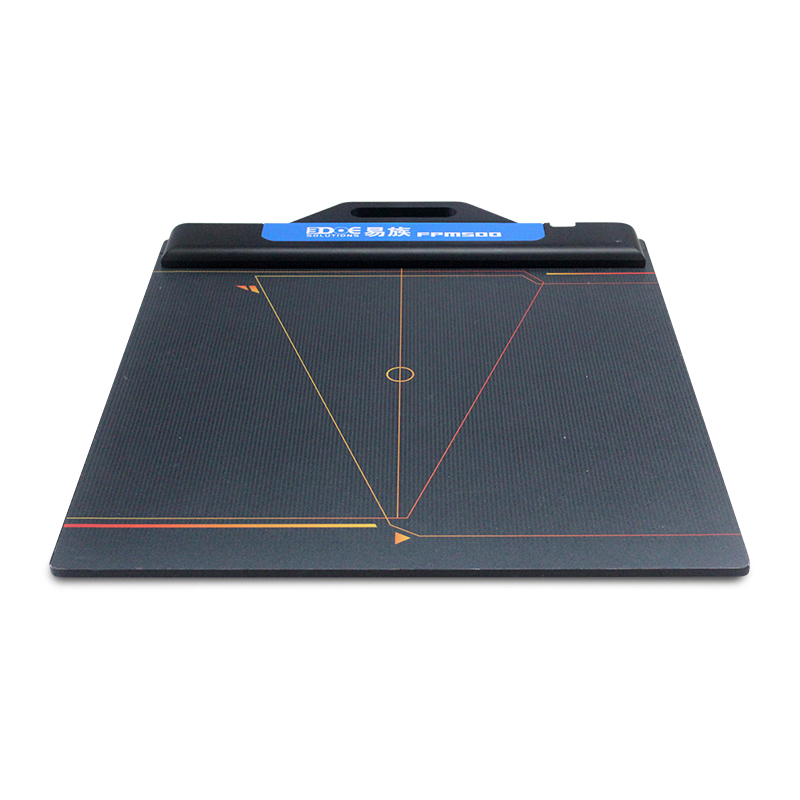
**Accurate Positioning in Orthopedic Diagnostics**
In the field of orthopedics, the application of the plantar pressure distribution system significantly improves the accuracy of diagnosing foot deformities and the specificity of surgical treatments. Detailed analysis of pressure distribution enables doctors to accurately diagnose structural abnormalities such as flat feet and high arches, formulate more precise surgical strategies, and ensure the effectiveness and safety of rehabilitation training through postoperative monitoring.
**Early Warning and Intervention for Diabetic Foot**
For diabetic foot, a severe complication, this system plays a critical early warning role. Through regular monitoring, it can promptly identify areas of abnormal foot pressure, predict potential ulcer risks, and provide early intervention measures for patients. This effectively reduces the incidence and severity of complications related to diabetic foot.
**Sports Science and Personalized Equipment**
Additionally, the plantar pressure distribution system is increasingly applied in the field of sports science, particularly in the design and customization of athletic footwear. By accurately measuring the plantar pressure distribution of athletes, manufacturers can develop sports shoes that match individual biomechanical characteristics, enhancing athletic performance and effectively reducing sports injuries, demonstrating the infinite potential of integrating technology with sports.
The plantar pressure distribution system, with its unique technological advantages, shows broad application prospects and profound influence in the medical field. It not only optimizes diagnostic processes and improves treatment outcomes but also promotes interdisciplinary cooperation, such as the deep integration of sports science and healthcare.
As technology continues to iterate and upgrade, this system is expected to play an even more central role in future medical practice, contributing significantly to achieving more precise and efficient medical services.

 +86-0755-86131192
+86-0755-86131192 2024-06-25
2024-06-25 Back to list
Back to list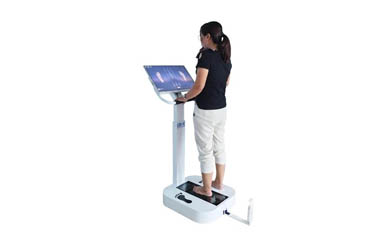
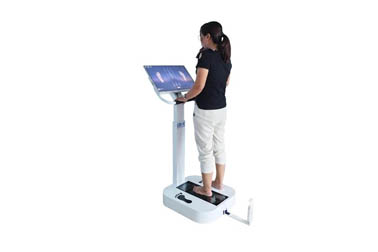
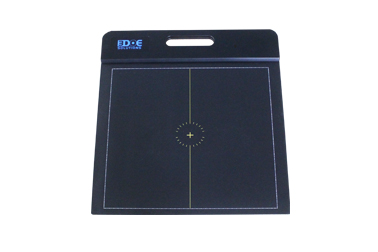
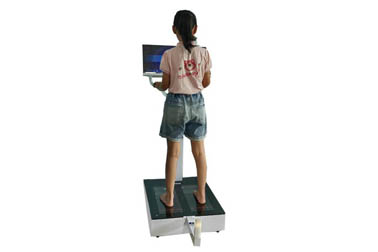
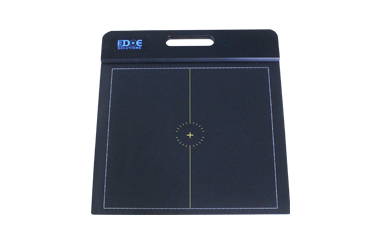
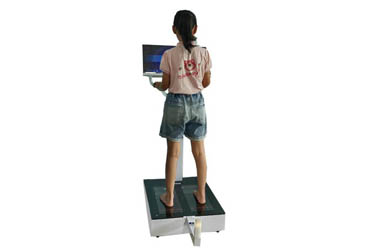



 +86-0755-86131192
+86-0755-86131192